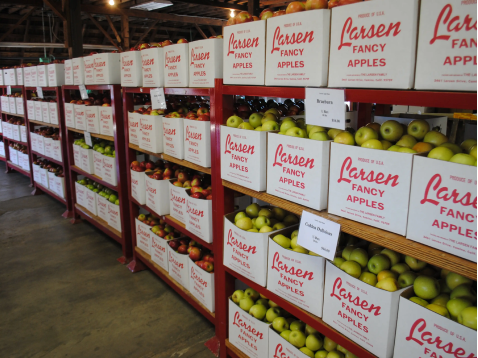Hey there, warehouse warrior! That would be you, the person responsible for moving mountains of products. And speaking of forklifts, let's be real — if things didn't come on a pallet and you had to lift it by hand, that feels like doing squats built up tight.
The forklift lines the warehouse yards-unused--It is an unsung hero of a sort. They are the muscle behind making all things possible — getting your goods from destination A to B, effortless and smooth! There are many types and models available today, so which one is right for your operation? So, that's what we're here to find out.
Understanding Forklift Types: Which One's for You?
Great, and are you considering which forklift to get? Obviously, there is no magic bullet when it comes to good headline writing but you should look at this way. Think about analogously to this: you wouldn't use a screwdriver when you need a hammer right? Same goes for forklifts. They come in many varieties to suit various needs.
You have your usual counterbalance forklifts that are the industry's workhorses. They are the friend that you can always count on. Next, you have reach forklifts - the equivalent of that one tall guy at a party who can grab things off The Top Shelf without needing half his friends to hoist him up. Oh, and you can't miss the electric forklifts - mother earth's preferred option to conserve it one pallet at a time.
So how do you figure out which one is best for you? It's all about your needs. What is the weight of your loads? How high do they need to go? Do you indoor outside job? It's the same as checking your weather app on your phone before you decide to put some clothes on. Which means its a matter of being prepared.
Key Specifications to Consider: What's Under the Hood?
That's great that you have figured out the forklift type but is it just about body? It's like when you buy a car…you wouldn't go out and just pick any car because it was the color of your liking would you? You would pop the hood, look at engine displacement and horsepower yadda-yadda.
Same goes for forklifts. Capacity is a big one. Ask yourself if the forklift is designed to lift what you need without even trying. Then there's the lift height. In the case of a warehouse with high shelves, you will require a forklift that can reach up top without stressing its hydraulics.
But also consider the type of mast and tires. A three-stage mast is sort of like the selfie stick for your warehouse -- It extends to bring you that perfect picture. And the tires? And, just like your shoes. I mean you wouldnt wear stilettos to a construction site, right? To avoid it with the faster vehicle, simply select new tires that better suit your specific surface — glassy warehouse flooring or gnarly rocks.
Safety and Maintenance: Keeping Your Forklift in Tip-Top Shape
Now, let's talk safety. Etc… You wouldnt send your favorite superhero unarmored into battle right? That suit of armor is safety features for your forklift. This includes backup alarms, overhead guards and load backrests. They're the seatbelts and airbags of the forklift world if you will.
And maintenance? This is not just to make your forklift look amazing. Simply put, regular maintenance is akin to working out for your forklift. It keeps it well maintained avoiding pricey breakdowns. Do not forget to keep an eye out on the fluid, tires and brakes of your hydraulic equipment. Think of it as a regular check-up for your forklift, its better to be safe than sorry.
Conclusion: Your Forklift Journey Begins

